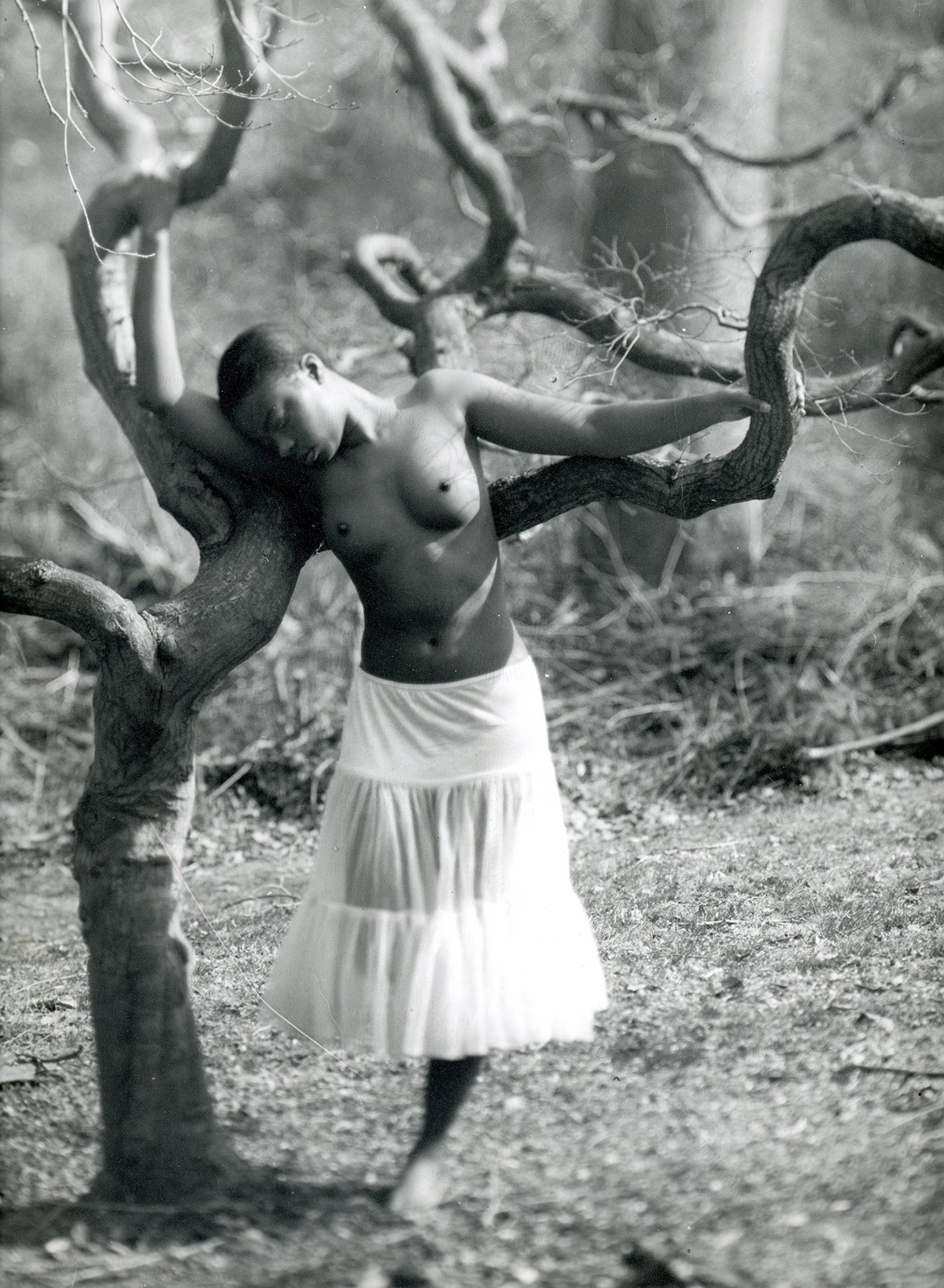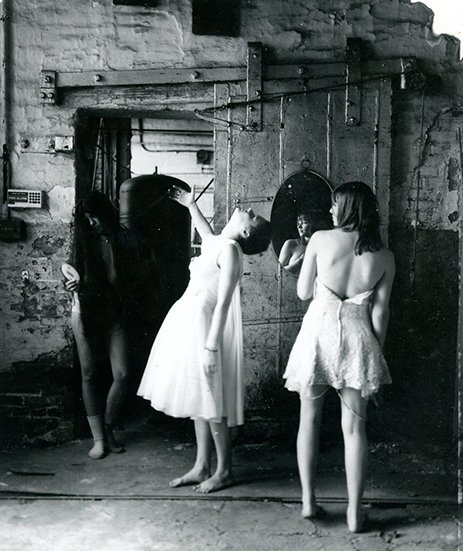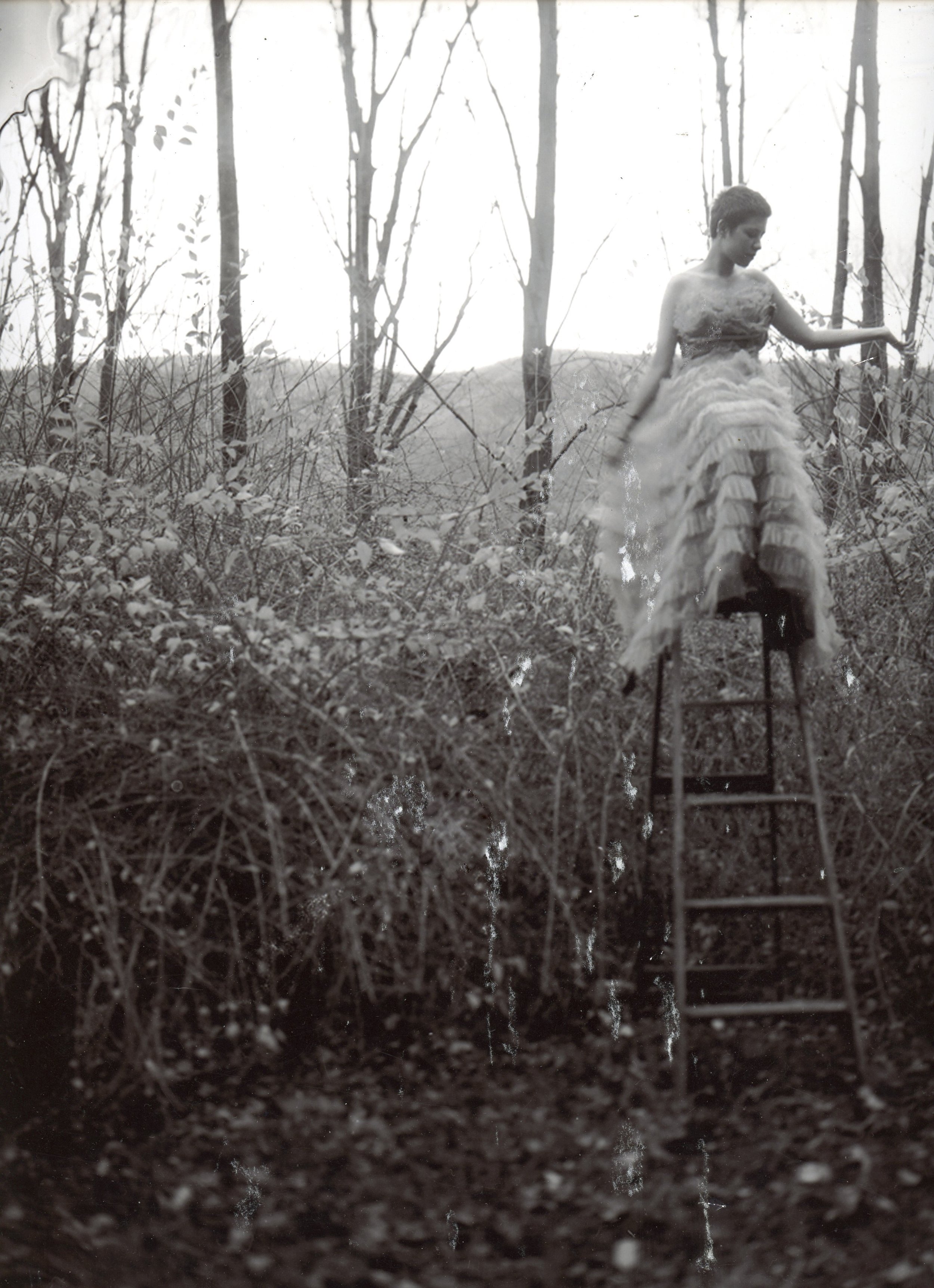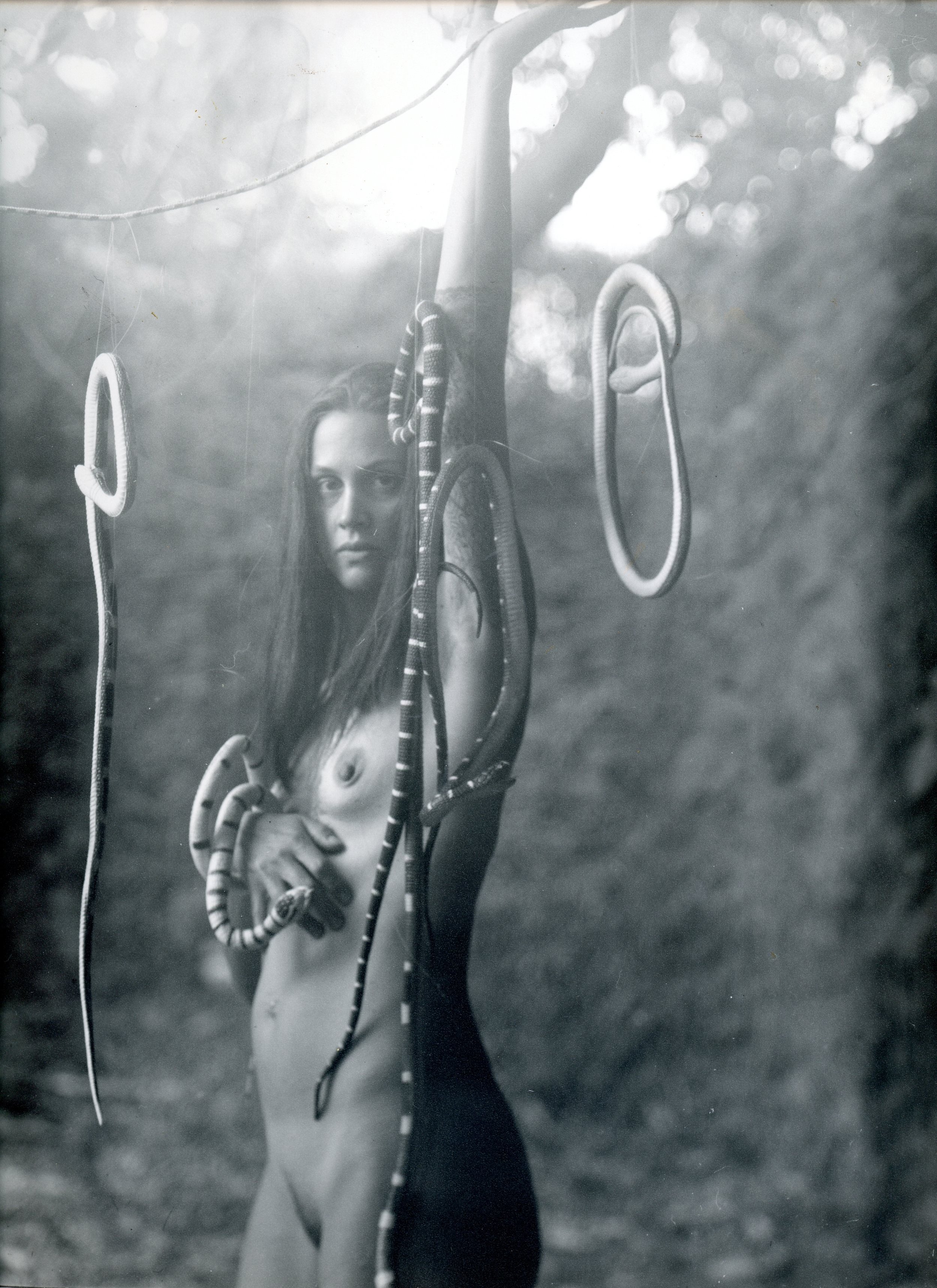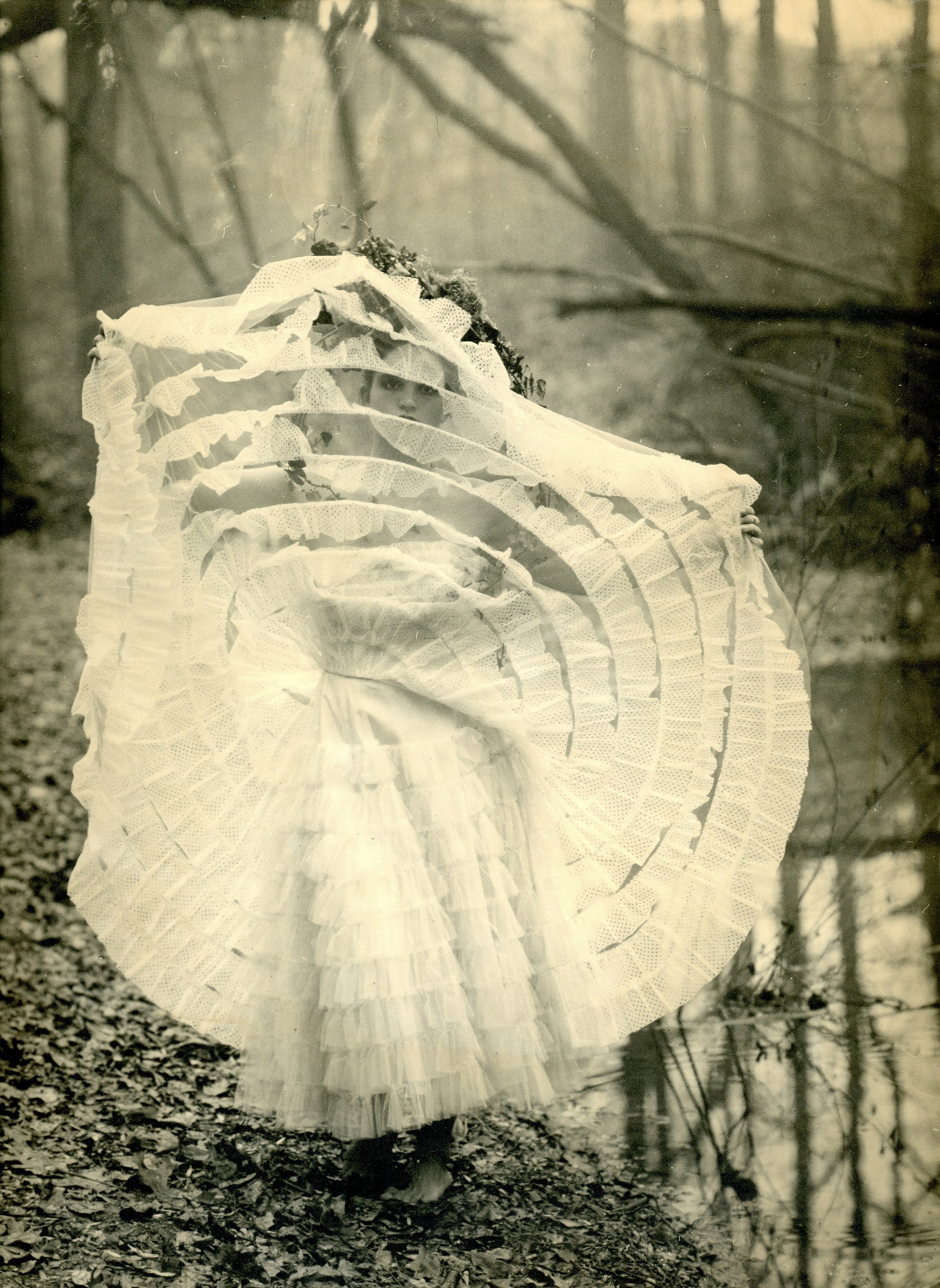ARTIST: LEAH MACDONALD
Art Histories are highly curated presentations of an artists’ life’s work provided for appreciators today, scholars of tomorrow, and generations to come.
Leah Macdonald is an accomplished black and white photographer and encaustic artist whose work speaks of mystery, agency, and contemporary femininity. Lost Light Luv is Macdonald’s legacy project encompassing 30 years of analogue photography and master printing. Her work combines silver gelatin photography, collage, and encaustic painting to create a multi-layered conversation about power and beauty. Inspired by photographers Francesca Woodman, Sally Mann, Ralph Eugene Meatyard, and Harry Callahan, her work is emotionally charged, visually complex, and intensely personal. Each photograph in Lost Light Luv is created to be a unique monoprint – a one-of-a-kind moment that whispers the secrets and suspiciousness of beauty.
Macdonald was born in Philadelphia, attended the San Francisco Art Institute, and went on to receive her MFA in Photography from the California College of Art. She has enjoyed a long and varied career path within the arts: commercial photography, professional analog printer and college professor. Additionally, in 2007 she was asked to do a live encaustic painting demonstration on the Martha Stewart show. Other highlights include a solo retrospective of encaustic nudes at Wexler gallery in 2010 and being the scenic director of In My Body Musical in 2016. She has created numerous artist books and her work has been published extensively.
“...This making art upon art she does with the sensitivity of a poet. She is not about destruction but about extraction: she brings to the surface the worlds that hide within and behind.”
COLLECTION: LOST LIGHT LUV
Click on an image to expand
Statement
Macdonald’s work abstracts through the creation of palimpsests. Like viewing the interior of a house through gauze, or the next page of a book through a velum layer of handwriting, emphasis is achieved through mystery, shadow, hiddenness. It should come as no surprise that Macdonald is also a bookmaker; her love of paper, texture, and language are underscored in that work. What narrative is present in her images has this sense of book-ness—her images can seem singular pages of fleeting beauty taken from some dark fable. Her figures have stories that range before and after these moments, and those stories are somehow contained within the single image. If, as Diane Arbus once said, “a photograph is a secret about a secret,” then Macdonald’s work is a secret upon a secret. The levels interact to comment on one another, and the interplay between them can be harmonious or dissonant, obscuring or revelatory.
The artist’s interference in the world is what makes of the world art, but always that interaction causes friction. In Macdonald’s work, black-and-white photography reduces an image to contrast and line. Then wax and paint re-introduce color in a manner invoking memory. Stencils and floral patterning both distract the eye and create background against which an image comes into focus—as the wax and the materials beneath it vie for attention. Since the tapestry makers of the middle ages, flowers have served artists as both powerful symbol and as decorative field. Macdonald’s recent work reverses this traditional foreground and background. She seems to suggest the flower as figure: after all, like the body itself, a bloom suggests brevity—of life, its tenuous beauty. And yet Macdonald’s painted photographs and collages evoke timelessness, an insistence upon beauty arising from and protecting us from chaos, a talisman against darkness. Still, the darkness is present—in the opaque black wax of a rupturing bloom, in the ghostly outline of a vine etched white-into-white, its milky viscosity.
In recent pieces where her pattern work is foregrounded, the material becomes insistent. The viewer begins to notice the wax, to question its relationship to the subject matter. What is the connection between human, flower, and bee (the producer of the wax Macdonald uses called to mind through hexagonal patterning)? It is the bee who travels between flowers, reproducing them but also harvesting pollen for its own use. So does Macdonald reproduce these subjects—flowers and the female form... and in the process seems to steal material for her own mysterious purpose.
Macdonald uses both chemical and physical processes in her art: she photographs, she collages, she paints with oils and wax, she marks her images, sometimes scars them. But this making art upon art she does with the sensitivity of a poet. She is not about destruction but about extraction: she brings to the surface the worlds that hide within and behind. This is already an interior world, a dreamt world, an elusive world half-remembered, available to multiple interpretations, never-fully-grasped. Figure and flower, photograph and wax: Macdonald’s hybrid art makes space for the in-between-ness of experience. We are neither one thing nor another, not fully our past and its traumas, not fully the beauty we seek—we are all of these, accreted layer by layer over years. And we are the space between.
— Kirsten Miranda, Author
Interested in learning more about this collection?
Purchase Lost Light Luv by Leah Macdonald
Click here to purchase.
Interested in learning more about Macdonald’s artistic process? Purchase The Experimental Darkroom: Contemporary Uses of Traditional Black & White Photographic Materials (Contemporary Practices in Alternative Process Photography) by Christina Z. Anderson.
Click here to purchase.
PRESS
© Leah Macdonald, Image courtesy of the artist
Amie Potsic interviews photographer Leah Macdonald about her Book Release and Artist Talk. Macdonald presents a 30-year retrospective exhibition and monograph for her silver gelatin print series, Lost Light Luv.
Highlights Include:
Remolding the Cookie-Cutter View of Feminine Beauty
Written by: Priscilla Ward
© Image Courtesy of Hillary Petrozziello, The Temple News.
Who’s Who: The Key Players of the Wedding and Portrait Industry
Written by: Laura Brauer
Leah Macdonald. © Elizabeth Messina
A Full Body Experience – Leah MacDonald’s Photography Inspires The New Musical ‘In My Body’
Written by: Elizabeth Roan
© Leah Macdonald, No 409, Gelatin Silver Print, 10” x 7.5”, 2012
To acquire artwork from Leah Macdonald’s collection, email info@amiepotsicartadvisory.com.
Click here to download Leah Macdonald’s CV.
To learn more about the artist: www.leah-macdonald.com and follow her on Facebook.com/LeahWax and Instagram @leahwax1.
CREATE HISTORY NOW
Our Art Histories program features highly curated presentations of an artist’s life’s work provided for appreciators today, scholars of tomorrow, and generations to come. Creating your own art history is an important opportunity for artists to shape their own legacy.
By documenting, exhibiting, and publishing their artwork as well as placing works with institutions and collections, we help artists give the gift of creativity now and tomorrow. To learn more about Legacy Planning, contact us directly to schedule a consultation.




